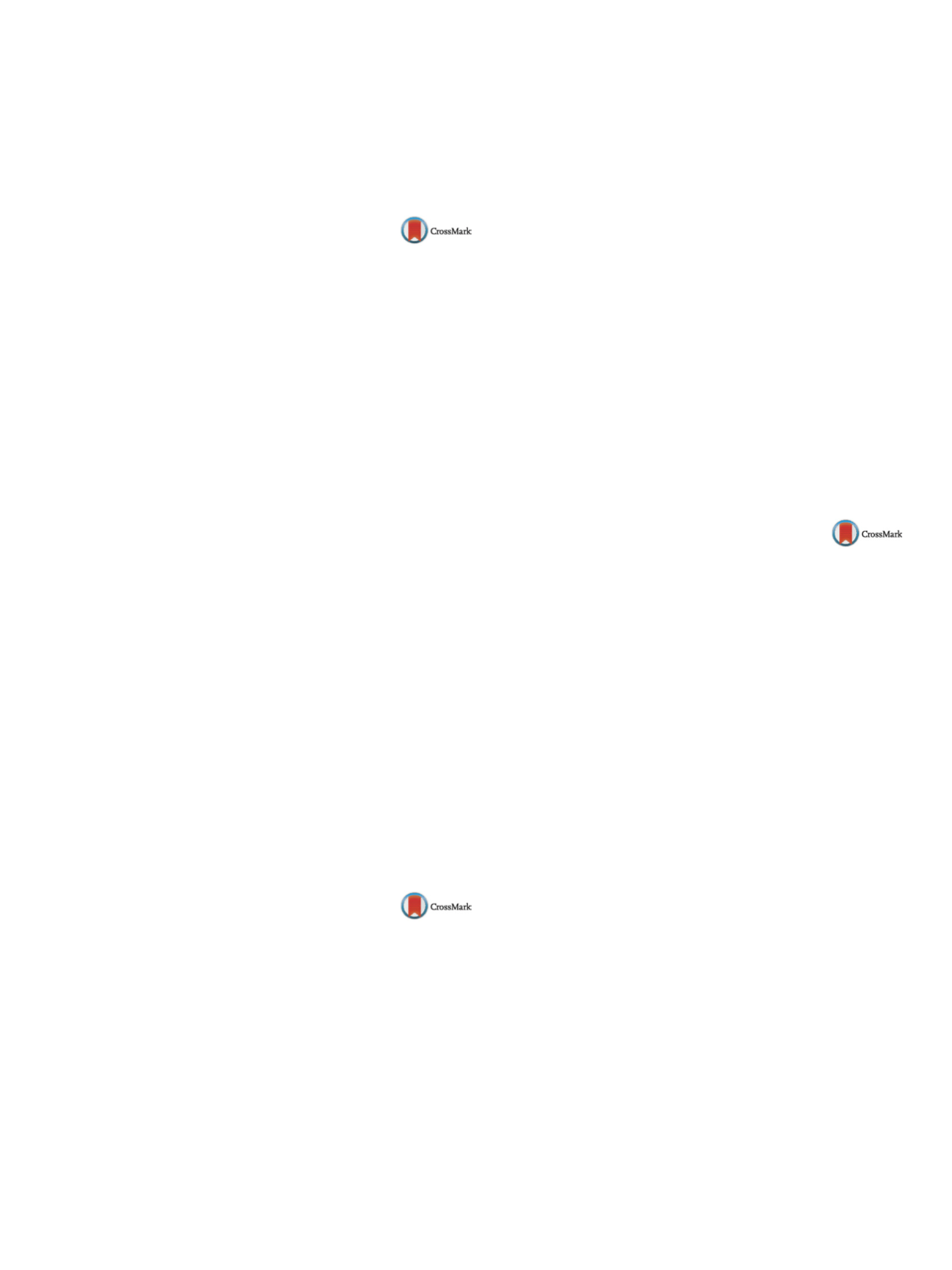

25th European Congress of Psychiatry / European Psychiatry 41S (2017) S405–S464
S443
to impact a country’s mental health significantly. Health economic
data is required for future research.
Disclosure of interest
The author has not supplied his declaration
of competing interest.
http://dx.doi.org/10.1016/j.eurpsy.2017.01.450EV0122
Yes we can – Positive CAMHS
P. Jansen
Yes We Can Youth Clinic, International Relations, Eindhoven, The
Netherlands
Yes We Can Youth Clinics has fundamentally innovated (mental)
health care for children and adolescents just by taking a different
approach: the force of Positive Health!
TheWHOdefinition of Health, adopted in 1948 and since thennever
amended, has become obsolete: “Health is a state of complete phys-
ical, mental and social well-being and not merely the absence of
disease or infirmity.”
A new, more positive definition ought to replace the obsolete.
“The ability to adapt and self-manage physical, mental and social
well-being challenges.”
Different approach
WHO.
Health care is to be claimed unlimitedly, making sure you get better,
free from symptoms, against any price, something you undergo and
releases you from the responsibility to self-manage and recover.
YES WE CAN.
Care appealing to personal strength and possibilities. Care that also
demands commitment, not a lack thereof. Care that apart from
physical/mental functioning also deals with a spiritual dimension
within a personal context. Care that deals with purpose (life goals)
for both the patient and the caretaker.
Conclusion
Yes We Can and Positive Health has been very suc-
cessful:
– perfect climate for recovery: e.g. role models, positive group
dynamics, expert experience, no coercion or compulsion, struc-
tured healthy program;
– focus on strength hand abilities, coping skills, learnwhat is impor-
tant, moral, values;
– system oriented: family therapy is mandatory;
– after-care (helping back to school/work);
– be Aware: old fellows help with prevention by visiting various
schools.
Illustration
Vision of Yes We Can and life story of a fellow.
Disclosure of interest
The author has not supplied his declaration
of competing interest.
http://dx.doi.org/10.1016/j.eurpsy.2017.01.451EV0123
Teenagers with addictive behaviour:
Characteristics of the addiction and
the psychiatric comorbidities
J. Jihene
1 ,∗
, M. Olfa
1, B.H. Ahmed
2, Z. Haifa
11
Razi Hospital, the Outpatient Service of the Hospital Razi,
Mannouba, Tunisia
2
Lausanne University Hospital, Psychiatry, Lausanne, Switzerland
∗
Corresponding author.
Introduction
Addiction at a young age constitute a problem of
public health. Adolescence is a period at risk for the addicting con-
ducts.
Objectives
To establish the characteristics of the addiction and
the psychiatric comorbidities.
Methods
We led a retrospective descriptive study which con-
cerned 62 teenagers, having addicting conducts, followed in the
outpatient clinic of the hospital Razi between January, 2013 and
December, 2014.
Results
Tobacco is the most consumed product with 90,3% of
users, followed by the alcohol (59.7%).
Fifty percent consumed the cannabis.
Benzodiazepin, Trihexyphenidyl chlorhydrate, buprenorphin with
high dosage and the organic solvents were raised respectively to
about 14.5%, 22.6%, 12.9% and 14.5% of the patients.
The average age of initiation for tobacco was 12 years.
Themost frequent motive for consultationwas behaviour disorders
(37.1%).
Among our patients, 43.5% had psychiatric family history, 11.3% had
undergone sexual abuse during their childhood, 17.7% had histories
of suicide attempts.
The found diagnoses were the dependence in a substance (25.8%),
followed by the major depressive episode (14.5%), the adjustment
disorder with depressed mood (11.3%) and the bipolar disorder
(8.1%).
Seventeen percent of them had personality traits who would evoke
the borderline personality and 11.3% antisocial personality.
Conclusion
It is essential to diagnose and to take care of the
teenagers having addicting conducts, as early as possible, to avoid
transition to a chronic state in the adulthood.
Disclosure of interest
The authors have not supplied their decla-
ration of competing interest.
http://dx.doi.org/10.1016/j.eurpsy.2017.01.452EV0124
6-months follow up of
lisdexanfetamine in adolescent with
attention deficit hyperactivity
disorder comorbid with severe
conduct disorder
S. Otero Cuesta
1, M. Juncal Ruiz
2 ,∗
, M.J. Gómez Cancio
3,
M. De las Heras
31
Hospital Universitario Marqués de Valdecilla, Child and Adolescent
Psychiatry Unit, Santander, Spain
2
Hospital Universitario Marqués de Valdecilla, Psychiatry,
Santander, Spain
3
Centro Terapeutico de Menores CAEM Valle de Cayon, Psychology,
Argomilla Cantabria, Spain
∗
Corresponding author.
Introduction
Adolescents with conduct disorders (CD) often
associate symptoms of executive dysfunction and developmen-
tal history of attention deficit hyperactivity disorder (ADHD).
There is high-quality evidence that psychostimulants have a
moderate-to-large effect on conduct problems in youthwithADHD.
Lisdexanfetamine (LXD) reduces impulsivity and others ADHD
symptoms, has better daylong coverage and less abuse potential
than others stimulants.
Aims
To evaluate the efficacy of lisdexanfetamine associated to
psychological and family interventions in these multi-problem
cases.
Method
This work presents for discussion the preliminary meas-
ures of the effectiveness and security of LXD (range between
50–70mg, during 6 months), prescribed to seven boys, ages 15 to
17 with ADHD comorbid with severe conduct disorders. All of them
were living in a Young Offender Centre, received intensive psycho-
logical and psycho-educational treatment during 6 months before
and during the use of LXD. Structured clinical assessment, ADHD
and Conduct Disorder Scales were performed before the onset and
followed 3 and 6 months.
Results
Measures of ADHD, and CD symptoms improved at 3 and
6 months comparing to basal measures. Secondary effects were
well tolerated and all patients showed a good adherence to treat-
ment except for one of themwho was drop out because of increase
of anxiety.
Conclusions
Evidence indicates that LXD can be beneficial and
well tolerate for impulsive and aggressive behaviours in teenagers


















